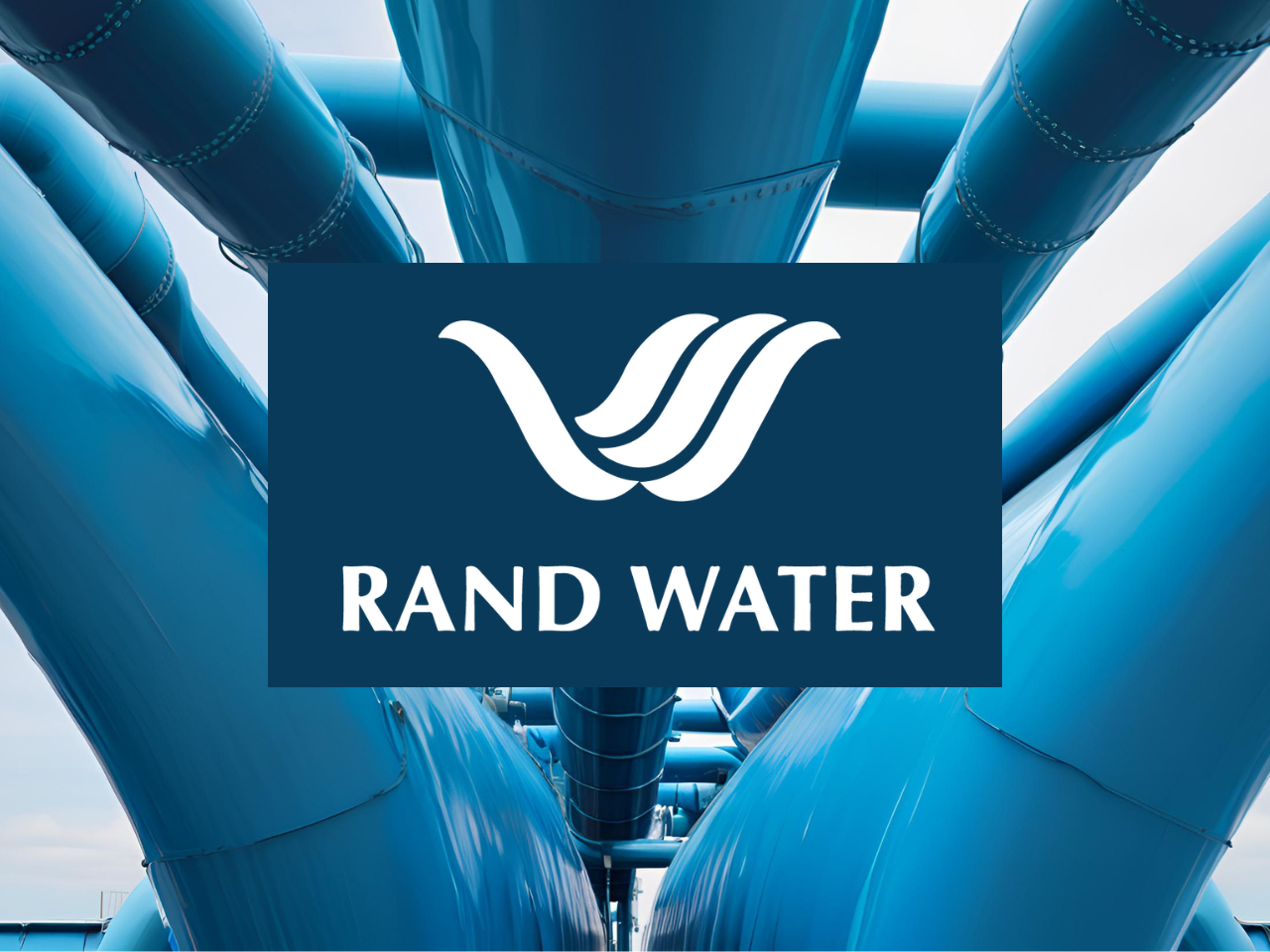The rand water shutdown has triggered widespread concern across several regions in South Africa, with residents, businesses, and municipalities all feeling the impact. While temporary water disruptions are not new to the country, the scale and duration of this shutdown have made it a major talking point nationwide. However, despite the challenges, significant developments indicate a more hopeful trajectory for the future of water supply in South Africa.
This article breaks down the top 10 most important updates on the Rand Water shutdown, covering causes, consequences, government interventions, and long-term plans. Whether you’re a resident, business owner, or policy enthusiast, understanding these updates will keep you informed and prepared.
1. Cause of the Shutdown: Major Infrastructure Maintenance
The Rand Water shutdown was initiated primarily for planned maintenance. Aging pipelines, pump stations, and purification systems required urgent attention. The utility had scheduled a 54-hour maintenance period, citing the need to upgrade critical infrastructure to ensure long-term sustainability and system efficiency. Preventative measures now will help avoid catastrophic failures later.
2. Affected Areas: Multiple Provinces Experience Water Disruption
The shutdown significantly impacted Gauteng, parts of the Free State, and Mpumalanga. Johannesburg, Ekurhuleni, and Tshwane metros reported varying degrees of water pressure drops and outages. The wide coverage of the Rand Water network means that millions of South Africans were temporarily left without a reliable water supply.
3. Emergency Water Supply Measures Deployed
In response to the anticipated disruption, municipalities rolled out emergency water supply strategies. Water tankers were deployed to hospitals, schools, and residential areas to ensure minimal interruption to essential services. Communities were advised to store water ahead of time, and the communication campaigns helped reduce panic and increase public cooperation.
4. Communication Improvements and Public Awareness
One notable improvement during the current Rand Water shutdown has been in the realm of communication. Municipalities, along with Rand Water, made efforts to keep the public informed through social media, websites, and direct alerts. This has led to better preparedness compared to previous incidents, where sudden water outages often caught residents off guard.
5. Technical Challenges Extend Timelines
While the original plan aimed for a 54-hour maintenance window, technical difficulties and unexpected issues caused delays. Some pump stations required additional repairs, and water pressure took longer to stabilize than projected. This led to frustration among residents, but Rand Water has since deployed additional resources to accelerate the restoration process.
6. Collaboration Between Stakeholders
The shutdown prompted heightened collaboration between national and local governments, Rand Water, and Eskom. Coordination ensured that power supply to critical water infrastructure remained uninterrupted. This kind of multi-stakeholder cooperation has been hailed as a positive step toward more resilient infrastructure management in South Africa.
7. Short-Term Pain, Long-Term Gain
While the shutdown caused inconvenience, the infrastructure upgrades are expected to significantly improve system reliability. Modernized pumps, new valve installations, and improved monitoring systems mean fewer unplanned outages in the future. Experts agree that proactive maintenance, although temporarily disruptive, is essential for sustainable water delivery.
8. Community Feedback and Public Resilience
Communities demonstrated resilience during the shutdown. Civic organizations helped distribute water, and residents actively engaged with municipal updates. Although the water shutdown presented challenges, it also fostered a sense of community and shared responsibility. Many residents have called for more consistent maintenance schedules to avoid larger disruptions.
9. Long-Term Plans for Infrastructure Modernization
The shutdown is part of a larger plan to modernize South Africa’s water infrastructure. Rand Water and the Department of Water and Sanitation are exploring further investments in digital monitoring, leak detection systems, and water recycling initiatives. These upgrades are vital to meet the growing demands of urbanization and climate change pressures.
10. A Bright Future: Policy Shifts and Strategic Vision
The Rand Water shutdown has highlighted the urgent need for strategic policy reforms. The South African government has committed to enhancing water governance, increasing budget allocations for water infrastructure, and supporting public-private partnerships. These moves signal a promising future where water supply is not only reliable but also environmentally sustainable.
Why the Rand Water Shutdown Matters for South Africa’s Future
The Rand Water shutdown is more than a maintenance event; it’s a wake-up call for South Africa’s aging infrastructure and growing water demands. The crisis has exposed vulnerabilities, but also created opportunities for progress. With increased investment, better planning, and improved public communication, the country is well on its way to building a stronger and more resilient water supply system.
The road ahead may be challenging, but the recent shutdown demonstrates that the government and utilities are willing to take the necessary steps to secure a better future for all. South Africans are encouraged to stay informed, conserve water, and participate in community water management programs.
Conclusion
The Rand Water shutdown has brought its share of difficulties, but it has also sparked progress. From infrastructure modernization to stronger community involvement, the event has become a catalyst for positive change. South Africa faces mounting water challenges, but through proactive maintenance, transparent communication, and strategic investment, a brighter, more reliable water future is within reach.
Stay connected with Businesstech for continuous updates on the Rand Water shutdown and developments shaping South Africa’s water infrastructure.
Your journey starts at our homepage—check it out today.
Frequently Asked Questions (FAQs)
1. Why did Rand Water initiate the shutdown?
The shutdown was part of a planned maintenance program to upgrade critical infrastructure, including pipelines and pump stations, to prevent future breakdowns and ensure long-term water security.
2. Which areas were affected by the Rand Water shutdown?
Regions across Gauteng, Mpumalanga, and parts of the Free State experienced water disruptions. Major metros like Johannesburg and Tshwane were among the most impacted.
3. How can residents prepare for future shutdowns?
Residents are advised to store clean water, stay updated through official channels, and practice water conservation. Municipalities usually announce planned shutdowns in advance, allowing time for preparation.
